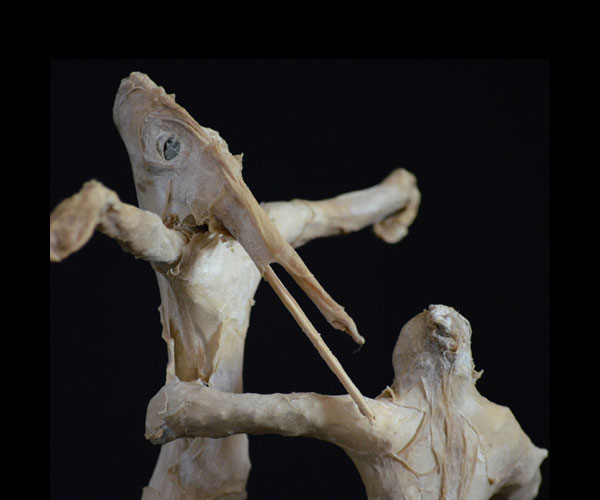Equality is a great idea unless it means we should all be equal white people.
Nowhere in the culture do I see white people expressing a desire to be persons of color. That said, I do see a growing awareness that people of color are not just victims of white people with whom we need to empathize, We’re evolving, to be sure; it’s no longer legally possible to enslave, torture, appropriate other people to do the bidding of white people…except perhaps in the way that white people make celebrities out of black people for entertainment. I experience Beyonce not as a white person in black face, but more as a black person in whiteface (an imitation of her heritage for consumption by others.)
We’ve evolved to the point – with the help of affirmative action, guilt, fury, activism, pressure – of integrating people of color into elitist institutions. As long as the institutions value all imaginations, histories and experiences, this is a welcome step, unless the message is, “how to be white”.
Equality is possible when the imaginations, histories, desires, of “other” peoples and cultures are equally weighted with those of white people; when the imagination of an artist of color is of equal interest, on its own terms, without white interpretation, and is a vital participant in the history of art, music, literature, then we have forgotten the word”tolerance”, which is really a demeaning term.
As usual, the arts lead: Here’s a short list of contemporary artists of color with individual approaches to identity:
Bethany Collins
Rashid Johnson
Kara Walker
Ellen Gallagher
Chris Ofili
Ifeoma Anyaeji
Marc Bradford
Kehinde Wiley
Mel Edwards
Kerry James Marshall
Yunka Shonibare
David Hammons
So many more.
Widewalls.com has an interesting conversation: “The cultural identity is defined by both its own members’ living experience and the search for a definition and the perceptions of others, especially those in power. How does the racial identity of an artist affect the way they create art and the perception of it by the masses?
Where My Girls At? 20 black female artists with current solo exhibitions.
Artnet.com: 10 black artists to celebrate.
Culturetype.com: Major African American Contemporary Artists
Hyperallergic: for a take on some 1971 history

